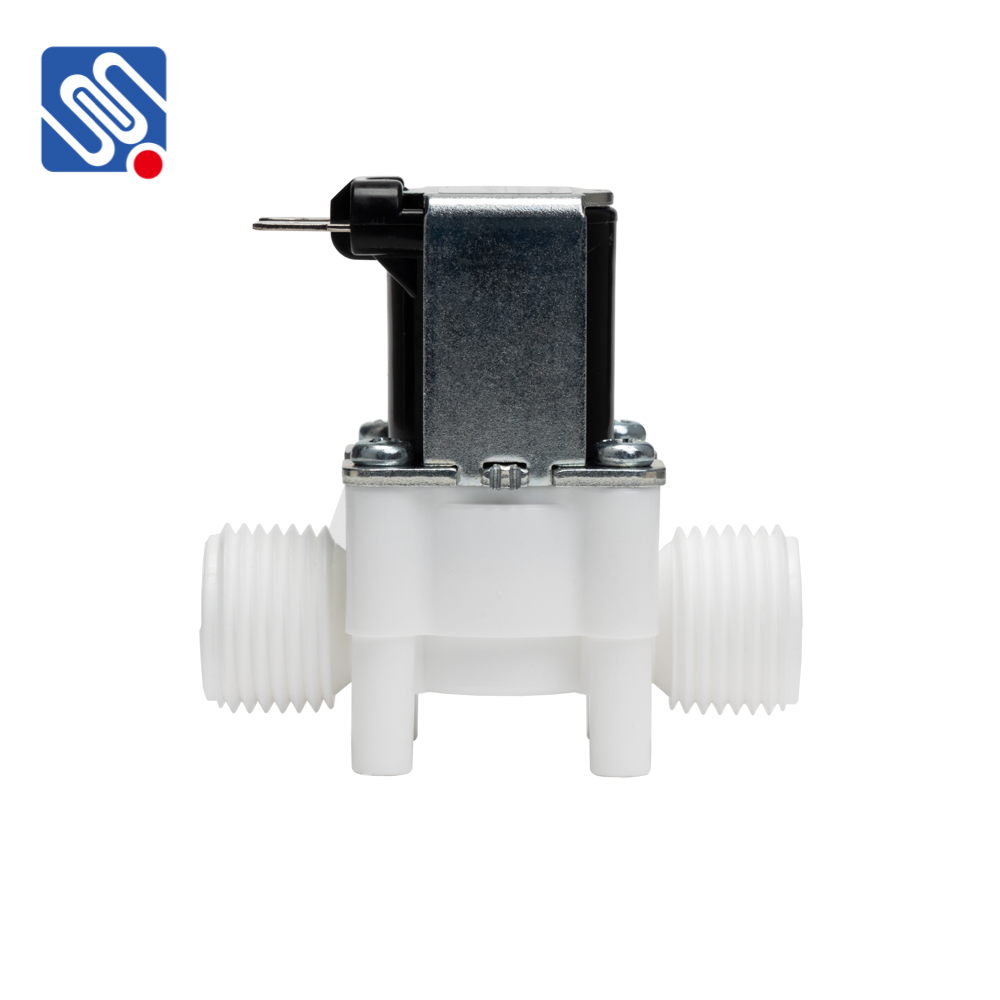Compact solenoid valves are compact, high-performance components used to control the flow of gases or liquids in a variety of systems. Their versatility and reliability make them indispensable in modern automation, industrial, and fluid control applications. As industries demand smaller, faster, and more efficient devices, the compact solenoid valve has emerged as a key solution for meeting these evolving needs. In this article, we will explore the features, working principles, advantages, and applications of compact solenoid valves, highlighting their importance in today’s technology-driven world.

What is a Compact Solenoid Valve? A compact solenoid valve is a type of electromechanical valve that uses an electromagnetic solenoid to control the flow of fluids. The valve is typically much smaller than conventional valves, making it ideal for applications where space is limited. The solenoid generates a magnetic field when an electrical current is passed through it, causing a plunger or armature inside the valve to move. This action either opens or closes the valve, regulating the flow of fluid through the system. Compact solenoid valves are available in various configurations, including 2-way, 3-way, and 4-way designs, allowing them to handle a range of fluid control tasks. They can be powered by either alternating current (AC) or direct current (DC), depending on the specific requirements of the application.